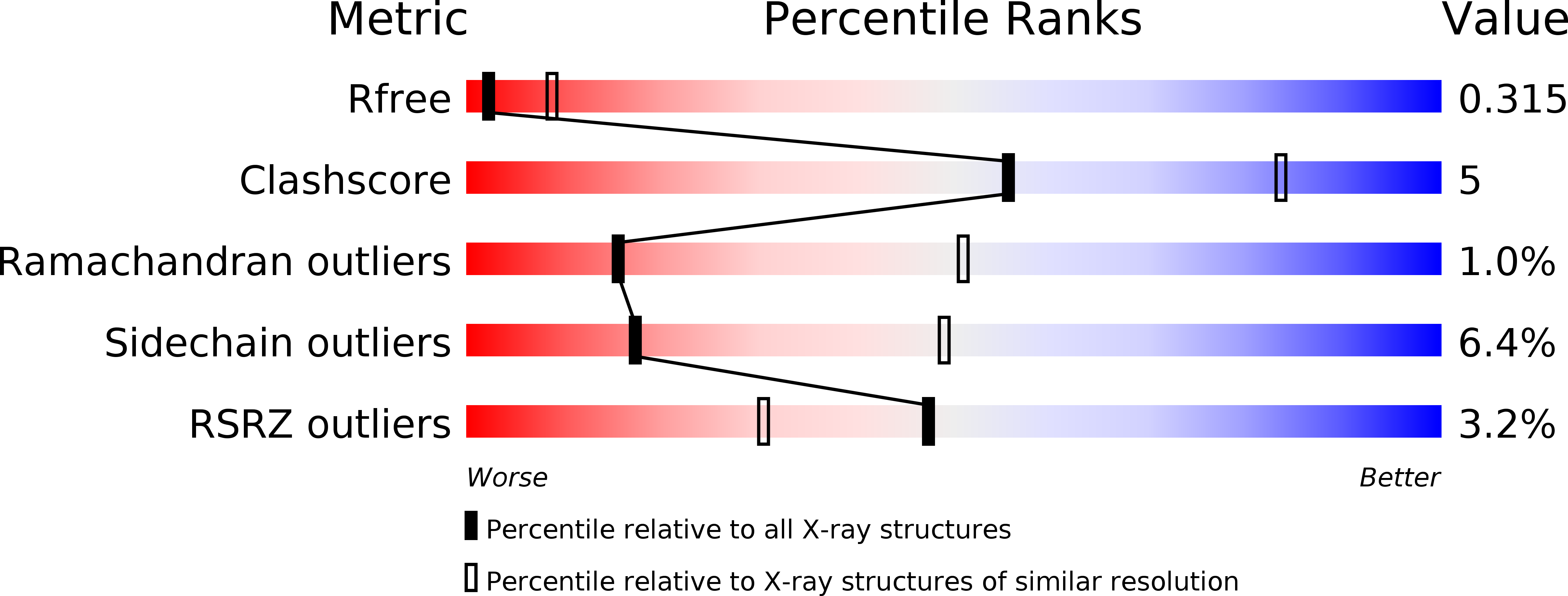
Deposition Date
2016-03-18
Release Date
2016-12-21
Last Version Date
2023-09-27
Entry Detail
Biological Source:
Source Organism:
Bacillus subtilis (Taxon ID: 224308)
Host Organism:
Method Details:
Experimental Method:
Resolution:
3.16 Å
R-Value Free:
0.29
R-Value Work:
0.25
R-Value Observed:
0.25
Space Group:
P 31 2 1


